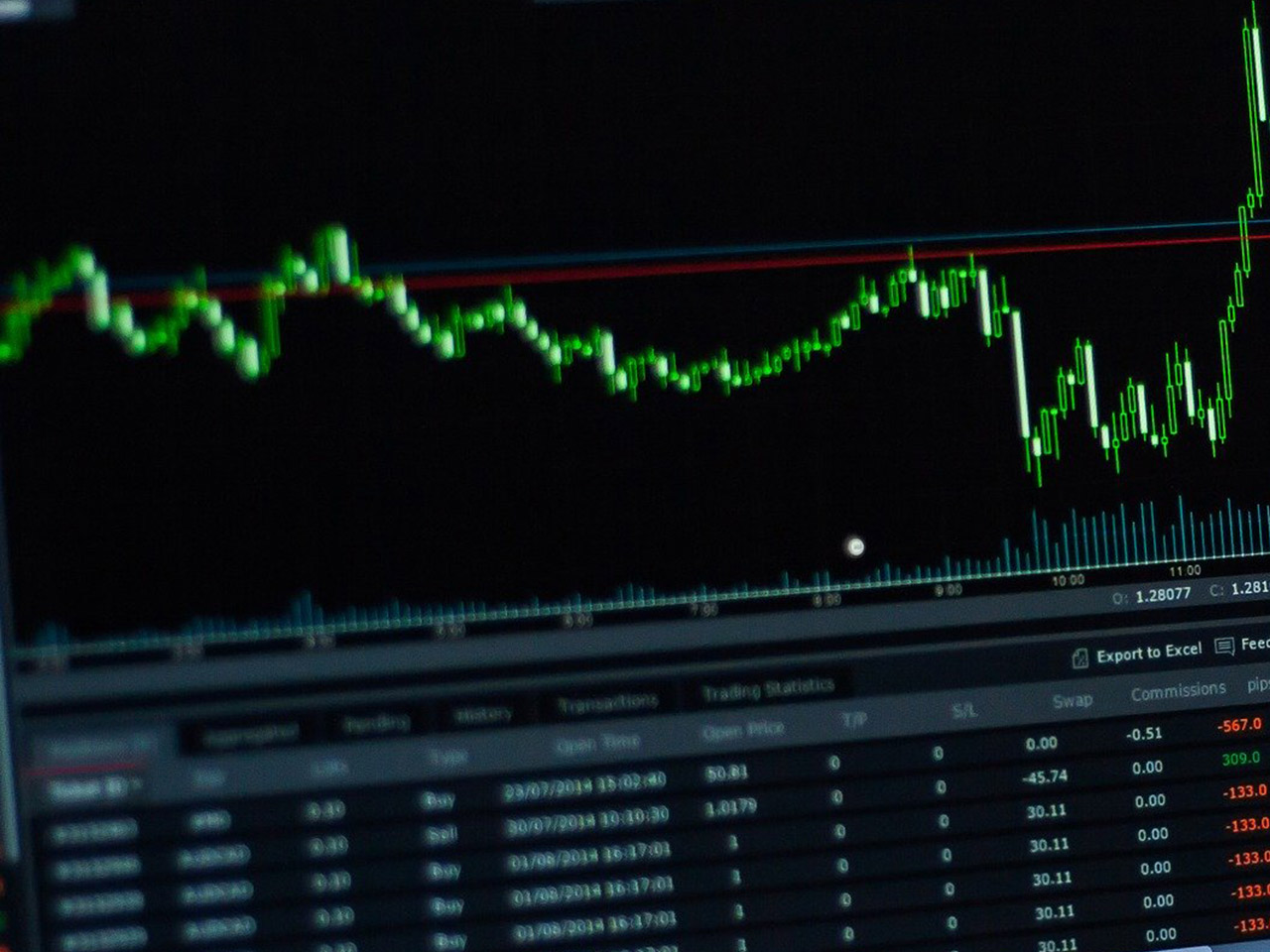HSBC Holdings PLC, trading under the stock symbol HSBA.L, remains a cornerstone of the global banking landscape, reflecting its robust presence in the financial services sector. With a substantial market capitalization of $178.77 billion, HSBC is a significant player in the diversified banking industry, headquartered in the United Kingdom.
**Price and Performance Insights**
As of the latest trading data, HSBC’s stock is priced at 1041.4 GBp, sitting comfortably within its 52-week range of 713.20 to 1,120.00 GBp. Despite a slight price change of -3.00 GBp, representing no percentage alteration, the stock has shown resilience and stability. One key performance metric catching investor attention is the stock’s return on equity at 9.29%, which indicates efficient management of shareholder equity to generate profits.
**Valuation Challenges and Opportunities**
Analyzing HSBC’s valuation metrics presents a mixed picture. The forward P/E ratio is strikingly high at 692.25, which might initially suggest overvaluation when compared to industry standards. However, it’s crucial to consider the broader context of banking sector valuations, which can be influenced by factors such as regulatory changes and economic conditions. The absence of a trailing P/E ratio and other traditional valuation metrics like Price/Book and Price/Sales suggests that investors may need to consider alternative evaluation methods, such as cash flow analysis or peer comparison, to gauge HSBC’s true market position.
**Revenue Growth and Earnings Potential**
HSBC has reported a revenue growth of 4.80%, demonstrating its ability to expand its business operations and capture market share in a competitive environment. With an earnings per share (EPS) of 0.73, the bank shows a moderate capacity to generate profits on a per-share basis. This figure, coupled with a healthy dividend yield of 4.77%, makes HSBC an attractive option for income-focused investors seeking reliable dividend payouts. The payout ratio of 67.80% suggests a balanced approach to profit distribution, ensuring both shareholder rewards and reinvestment into business growth.
**Technical Indicators and Market Sentiment**
The technical landscape for HSBC is intriguing, with the 50-day moving average of 1,039.98 closely aligning with the current price, signaling a potential steadying phase. The 200-day moving average of 927.27 indicates a longer-term upward trend. However, the Relative Strength Index (RSI) at 81.43 suggests the stock may be overbought, a signal for cautious investors to monitor potential price corrections. The MACD and signal line readings further emphasize the need for vigilance in technical analysis.
**Analyst Ratings and Future Outlook**
Market analysts provide a diverse range of opinions on HSBC’s future, with 5 buy ratings and 11 hold ratings, and no sell ratings. The target price range from analysts spans from 816.49 GBp to 1,252.35 GBp, with an average target of 1,078.89 GBp, indicating a modest potential upside of 3.60%. This consensus reflects a cautious optimism about HSBC’s capacity to navigate current economic challenges while capitalizing on opportunities for growth.
**Strategic Positioning and Segments**
HSBC’s business model is structured across three main segments: Wealth and Personal Banking, Commercial Banking, and Global Banking and Markets. This diversified approach allows HSBC to serve a wide array of clients, from personal banking customers to large corporations and government entities. The bank’s global reach and comprehensive service offerings provide a competitive edge in meeting the financial needs of a diverse clientele.
Founded in 1865 and headquartered in London, HSBC’s long-standing history and strategic positioning in the banking sector underscore its potential as a resilient investment option. For investors with an eye on financial services, HSBC presents a blend of growth prospects, income potential, and a stable market position that merits close attention and strategic consideration.





































